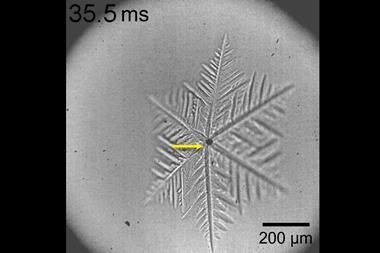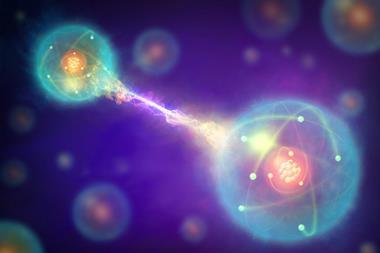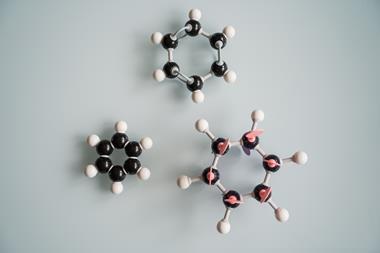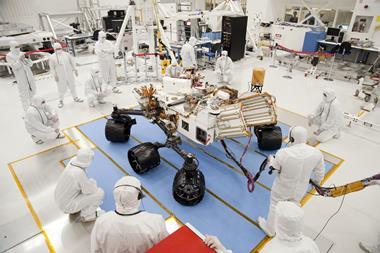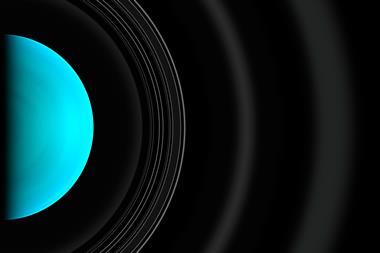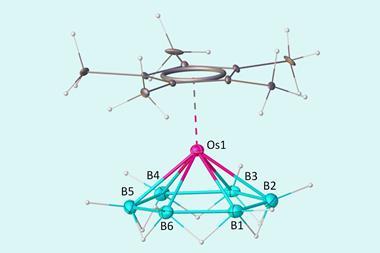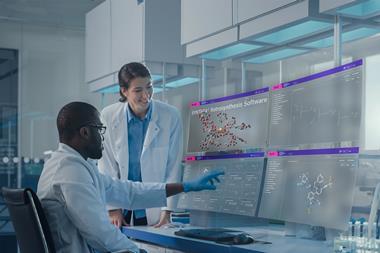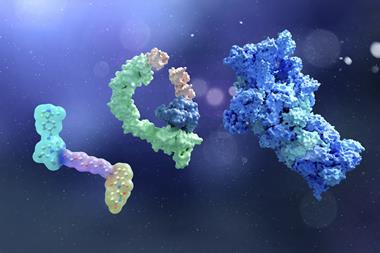Nestled in the midst of the so-called ‘frozen frontier’, Uranus has been visited only once – a fleeting fly-by accomplished when the Voyager 2 spacecraft managed it in 1986. As one of only eight planets in our solar system, Uranus, along with Neptune, is the only major class of planet yet to have a dedicated mission of exploration.
But this is set to change, as space agencies plan to launch a spacecraft to the outer solar system, investigating Uranus in more detail than ever before – a world that boasts rings, moons and a complex atmosphere. The mission is an exciting one. Uranus spins on its side, and as a result has the most extreme seasons of anywhere we know.
In this hour-long, free-to-join webinar, you’ll meet scientists who are excited about a mission to the second outermost planet, and the third largest in the solar system. At nearly three billion kilometres from the Sun, there are obvious challenges in launching a mission to travel such a distance and in commanding a spacecraft to perform scientific investigations when it arrives. Throughout the session – which included an interactive, question-asking element for live attendees – our guest panel share what we’ve already learnt about Uranus, from information gleaned by Voyager as it flew by, and from subsequent advanced ground and space-based telescope studies. The two speakers detailed below also explain what the scientific priorities are for a dedicated Uranus mission and what else we can learn by visiting this icy giant.
This webinar is suitable for anyone with an interest in Uranus, solar system science and space science exploration. We look in detail at the science of the ice giant, including its origin and evolution, and delve into the chemistry of its atmosphere – as well as finding out what we know so far about its deep interior. Our panel also discuss the decisions being made by space agencies around the world as they prepare to launch spacecraft to the outer solar system in future decades.
Want to find out more? This recent Chemistry World feature by Anthony King has even more information: Mission to Uranus
Our guest speakers

Athena Coustenis, Director of research

